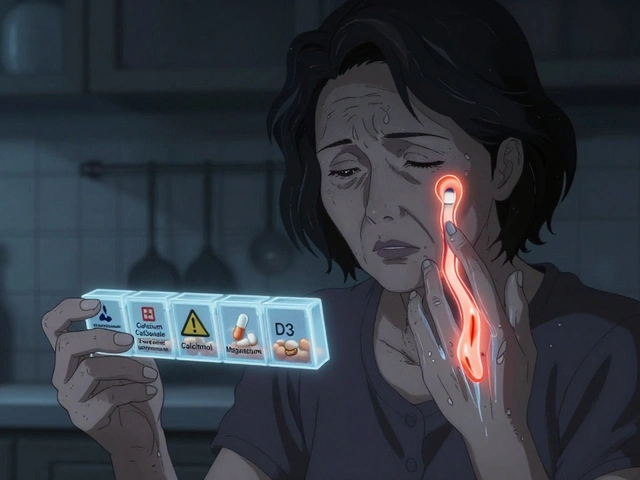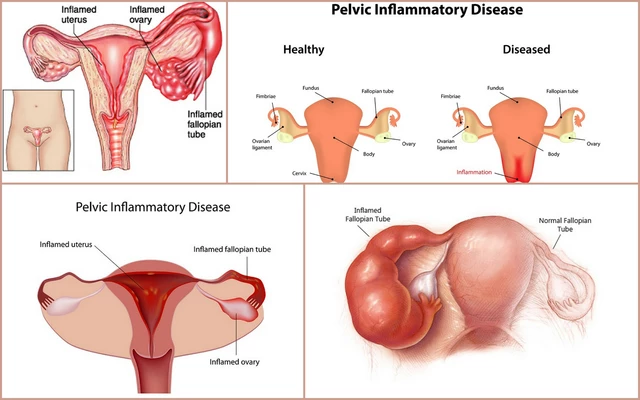Yeast Infections – What You Need to Know
If you’ve ever felt an itchy rash down there or noticed unusual discharge, chances are you’ve dealt with a yeast infection. It’s caused by an overgrowth of Candida, a type of fungus that lives on our skin and in the body. Most people get it once or twice in life, but knowing why it happens can help stop it before it starts.
Common Symptoms and When to Seek Help
The classic signs are itching, burning, and a thick white discharge that looks like cottage cheese. You might also feel soreness when you pee or have sex. If symptoms last more than a week, get worse, or keep coming back, it’s time to talk to a pharmacist or doctor. They can rule out other infections and prescribe stronger meds if needed.
Treatment Options You Can Try at Home
Over‑the‑counter creams like clotrimazole or miconazole work for most mild cases. Apply the cream inside the vagina or on the affected skin as directed, usually for 3–7 days. If you prefer a pill, fluconazole is a single‑dose prescription that clears many infections in one go.
Some people find relief with natural options such as plain yogurt, coconut oil, or tea tree oil. These can help rebalance the area’s pH but shouldn’t replace proven meds if the infection is severe. Always wash your hands before and after applying anything.
Preventing future infections is often easier than treating them. Keep the genital area dry—wear cotton underwear and avoid tight leggings that trap moisture. After a shower, pat the skin dry instead of rubbing. If you take antibiotics or use steroids, ask your doctor about a prophylactic antifungal.
Diet can play a role too. Cutting back on sugar and refined carbs may reduce Candida growth. Adding probiotic foods like kefir or fermented vegetables supports healthy bacteria that keep yeast in check.
If you’re pregnant, diabetic, or have a weakened immune system, you’re at higher risk. Talk to your healthcare provider about the safest treatment plan for you. They might suggest a longer course of medication or regular monitoring.
Remember, yeast infections are common and treatable. Spotting the signs early and using the right product can bring fast relief. For more detailed guidance on specific meds, dosage, and side effects, check out Viamedic’s drug database – it’s trusted by thousands for accurate, up‑to‑date information.
Got a question that wasn’t covered here? Drop a comment or reach out to our support team. We’re here to help you stay healthy without the hassle.
Home Remedies for Yeast Infections of the Skin: What Works and What Doesn't
As a blogger, I've recently explored home remedies for yeast infections of the skin, and I've found that some work better than others. One effective solution is applying plain yogurt directly to the affected area, as it contains probiotics that can help restore the natural balance of good bacteria. Another helpful remedy is using garlic, either by consuming it regularly or applying a paste to the skin. However, I've noticed that some remedies, like douching with vinegar, are not as effective and may even cause more harm than good. Overall, it's important to do your research and consult a healthcare professional before trying any home remedies for yeast infections.
About
Health and Wellness
Latest Posts


Hypoparathyroidism: How to Manage Low Calcium and Vitamin D Effectively
By Orion Kingsworth Dec 5, 2025

The use of clavulanate in the management of pelvic inflammatory disease
By Orion Kingsworth May 27, 2023

GERD and Acid Reflux: How PPIs and Lifestyle Changes Work Together
By Orion Kingsworth Dec 9, 2025

